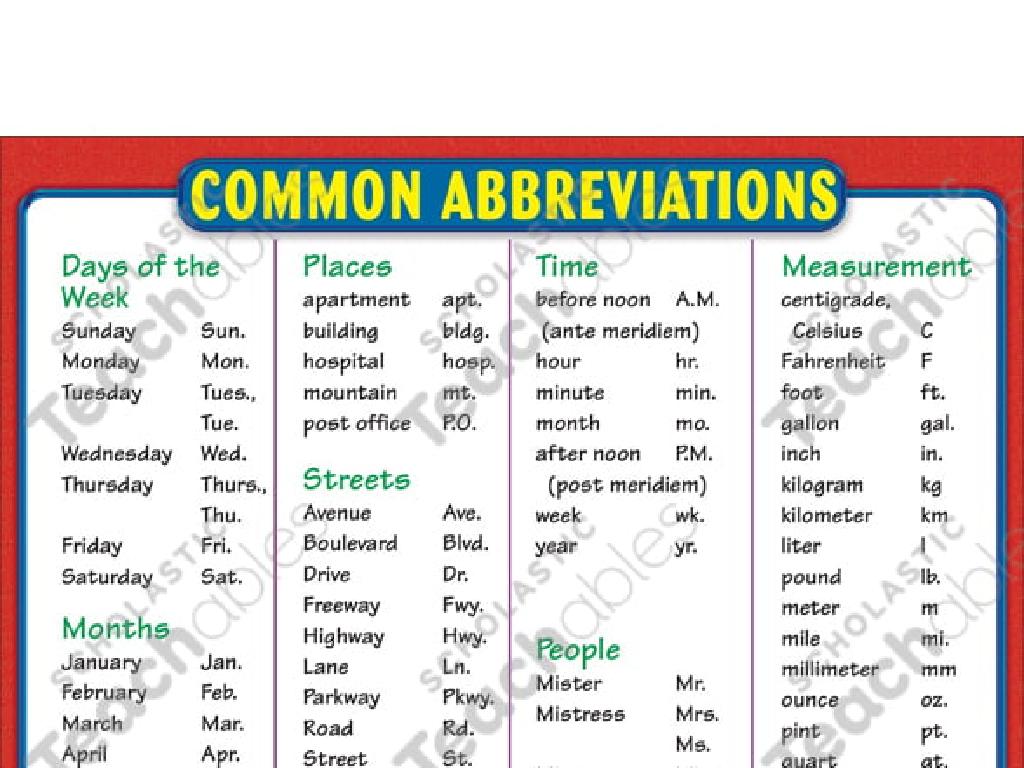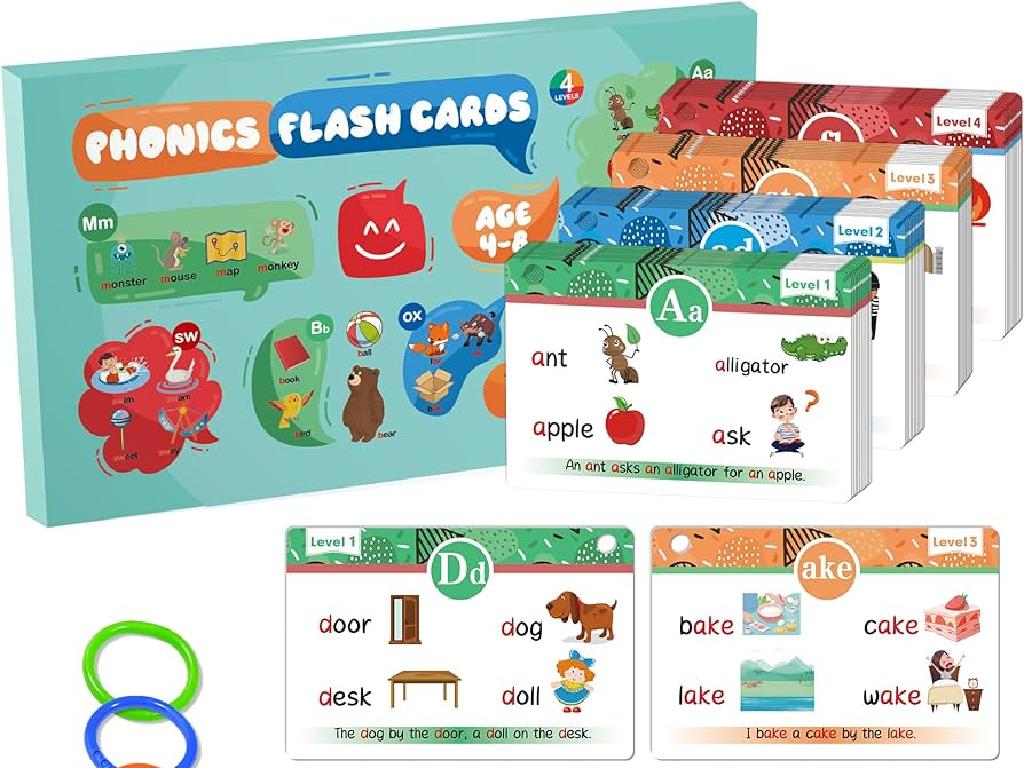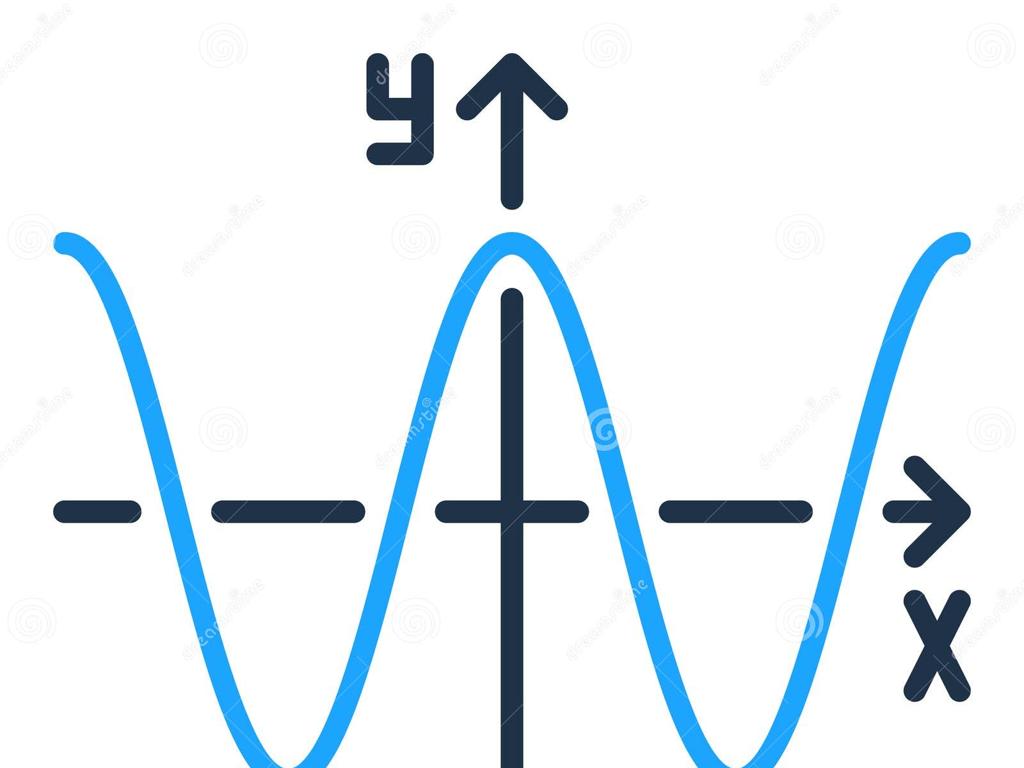Match Causes And Effects In Informational Texts
Subject: Language arts
Grade: Fifth grade
Topic: Text Structure
Please LOG IN to download the presentation. Access is available to registered users only.
View More Content
Understanding Cause and Effect in Texts
– Learn how texts are organized
– Focus on causes and effects
– Causes are ‘why’ something happens; effects are the ‘result’.
– Recognize ‘why’ and ‘result’ relationships
– Look for signal words like ‘because’, ‘since’, ‘therefore’, ‘as a result’.
– Grasp the importance of cause/effect
– Knowing cause/effect aids comprehension and critical thinking.
|
This slide introduces the concept of text structure, with a particular focus on understanding cause and effect. Students will learn that informational texts are organized in specific ways to help readers comprehend and analyze the material. Today’s lesson emphasizes the ability to match causes (reasons why things happen) and their effects (the outcomes or results of those causes). It’s crucial for students to identify these relationships to enhance their reading comprehension and develop critical thinking skills. Encourage students to look for key words and phrases that typically signal a cause-and-effect relationship. Discuss the importance of this skill in understanding real-world scenarios and in other subject areas.
Understanding Cause and Effect in Texts
– Define ’cause’ in texts
– ‘Cause’ is why something happens, like rain causing puddles.
– Define ‘effect’ in texts
– ‘Effect’ is what happens, such as puddles forming after rain.
– Everyday life examples
– For example, a plant grows (effect) because it gets sunlight and water (cause).
– Practice identifying cause and effect
|
This slide introduces the concept of cause and effect, which is a key component of text structure in reading comprehension. Start by explaining that a ’cause’ is the reason something happens, and an ‘effect’ is the result of that cause. Use relatable examples from everyday life to illustrate the concept, such as how forgetting an umbrella can lead to getting wet in the rain (cause and effect). Encourage students to think of their own examples. Then, guide them through a few practice sentences where they identify the cause and effect. This will prepare them for analyzing more complex texts and improve their critical thinking skills.
Identifying Cause and Effect in Texts
– Learn signal words for cause & effect
– Words like ‘because’, ‘since’, ‘therefore’ signal cause & effect
– Read for clues: ‘before’, ‘because’, ‘consequently’
– ‘Before’ indicates time, ‘because’ shows reason, ‘consequently’ shows result
– Practice finding signal words
– Look at example sentences and spot the signal words
– Understand cause & effect relationships
|
This slide introduces students to the concept of cause and effect within informational texts, a key component of text structure. Start by explaining that signal words help us identify the cause of an action and its effect. Provide examples of these words and phrases, such as ‘because’, ‘since’, and ‘therefore’. Teach students how to look for clues in sentences that indicate a cause-and-effect relationship. Use ‘before’ for timing, ‘because’ for reasoning, and ‘consequently’ for results. During practice, have students identify these words in example sentences. Emphasize the importance of understanding cause and effect to comprehend the full meaning of a text. In the next class, students can apply this knowledge to longer passages.
Cause and Effect in Informational Texts
– Understanding cause & effect
– Authors use cause to explain why something happens and effect to show the result.
– Analyzing text structure
– Look at how the text is organized to spot cause and effect relationships.
– Finding cause & effect in paragraphs
– Read a paragraph and identify the trigger event (cause) and the outcome (effect).
– Practice with examples
– We’ll do exercises to recognize these relationships in different texts.
|
This slide introduces the concept of cause and effect as a text structure in informational texts. Explain that authors use cause and effect to show relationships between events, where one event leads to another. Teach students how to analyze the structure of a text to find these relationships. Provide a paragraph for students to practice finding the cause and effect. Encourage them to look for signal words such as ‘because’, ‘therefore’, and ‘as a result’. In the next class, have students bring examples of cause and effect from their own reading to discuss and analyze as a group.
Let’s Match Causes and Effects Together!
– Understand cause & effect
– Group activity instructions
– You’ll work in groups to identify causes and effects in texts
– Work together to match pairs
– Use clues from the text to connect cause and effect pairs
– Discuss matches as a class
– We’ll review the matches and discuss why they go together
|
This slide introduces a group activity focused on matching causes and effects in informational texts, a key component of understanding text structure. The objective is for students to collaborate and use context clues to identify the relationship between events (causes) and outcomes (effects). Provide clear instructions for the activity, emphasizing the importance of discussion within groups to reach a consensus on the matches. After the activity, facilitate a class discussion to review the matches and reinforce the concept. This will help students to better comprehend and analyze informational texts. Prepare several examples of cause and effect for students to practice with, and consider creating a worksheet that they can fill out during the activity.
Understanding Cause and Effect
– Real-world cause and effect
– Examples like weather events causing school closures
– Discuss scenarios in class
– Identify what led to outcomes in given situations
– Individual matching practice
– Match given causes with the correct effects
– Reinforce learning
|
This slide is aimed at helping students grasp the concept of cause and effect through relatable real-world examples, such as how a snowstorm (cause) can lead to schools being closed (effect). Engage the class in a discussion where they identify causes and effects in various scenarios, promoting critical thinking. Then, have students work individually on exercises where they match causes with their corresponding effects to solidify their understanding. This activity will reinforce the concept and ensure students can apply it to different texts. Provide guidance and support as needed, and consider using graphic organizers to help students visually map out the relationships between causes and effects.
Review and Reflect: Cause and Effect
– Recap on cause and effect
We’ve learned how to identify the cause and effect in texts.
– Importance of this concept
Understanding cause and effect helps us comprehend texts better.
– Discussing personal applications
Think of how this helps with reading at home or understanding stories.
– Class sharing session
Be ready to talk about what you’ve learned and how you’ll use it.
|
This slide aims to consolidate the students’ understanding of cause and effect within informational texts. Begin by reviewing the definitions and examples covered in previous lessons. Emphasize the importance of this concept in enhancing reading comprehension and critical thinking skills. Encourage students to reflect on how they can apply this knowledge in their daily reading and to recognize patterns of cause and effect in real-life situations. Conclude with a class discussion where students share their thoughts and examples of how they have observed or can apply cause and effect in their experiences.
Class Activity: Crafting Cause and Effect
– Write a short story with causes and effects
– Use imagination and signal words
– Words like ‘because’, ‘so’, and ‘therefore’ signal cause and effect
– Share your story with the class
– Discuss the cause and effect relationships
|
This activity is designed to help students understand the concept of cause and effect within a text by creating their own stories. Encourage students to think creatively and come up with a narrative that clearly demonstrates the cause and effect structure. Remind them to use signal words that indicate cause (because, due to, on account of) and effect (therefore, consequently, hence). After writing, students will engage in a sharing session to present their stories. This will be followed by a class discussion to identify and analyze the cause and effect relationships in each story. Possible activities for different students could include writing stories in different genres, focusing on personal experiences, or creating fictional scenarios. The goal is to ensure that students can recognize and use cause and effect in various contexts.


/american_revolution_timeline.png)



